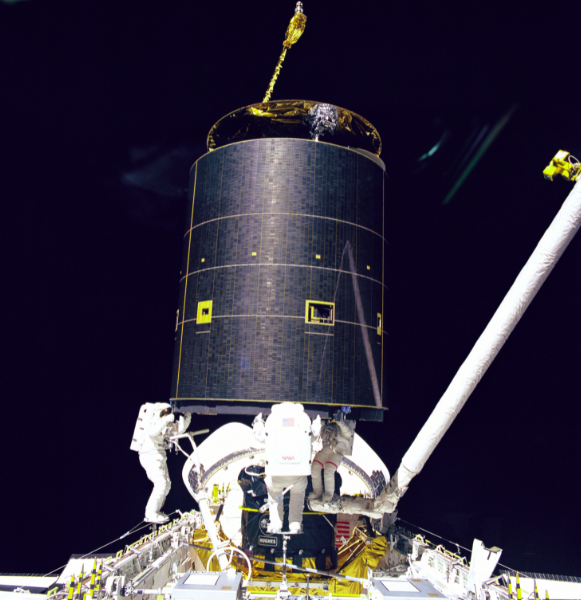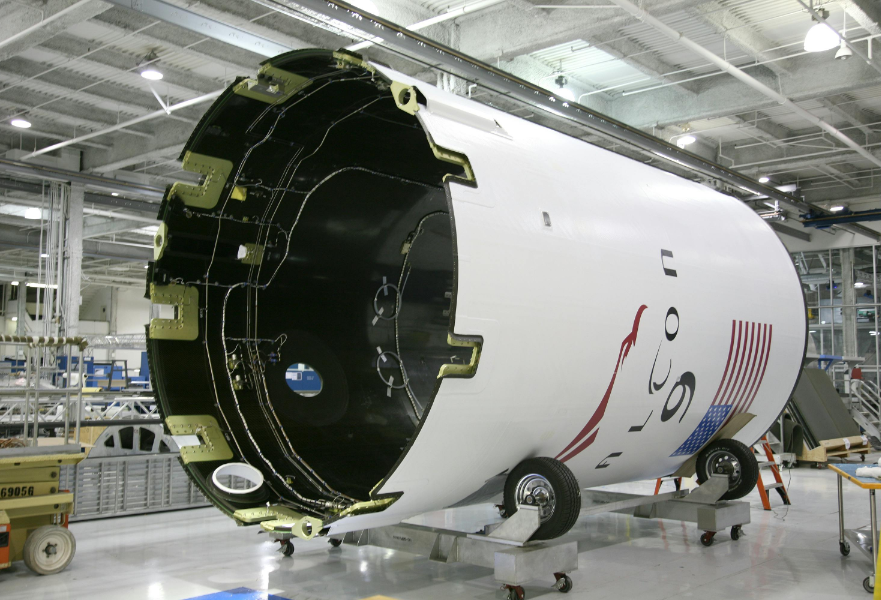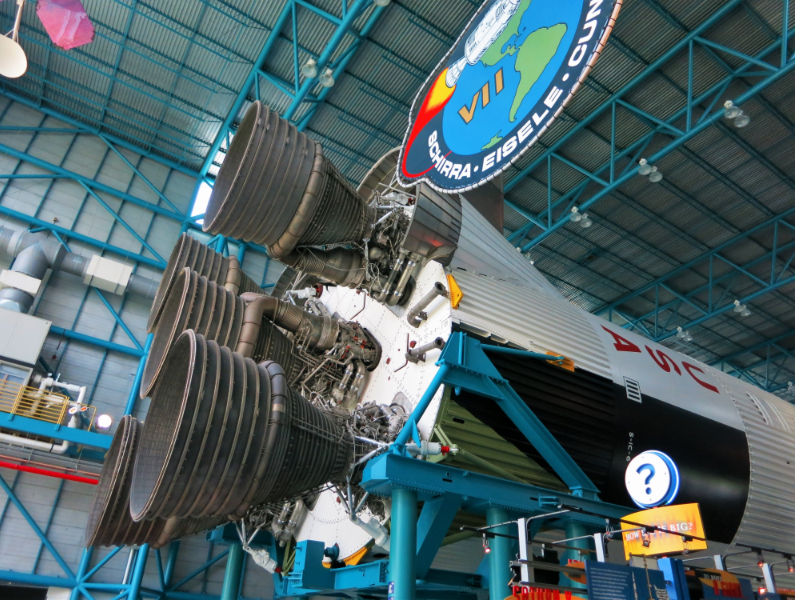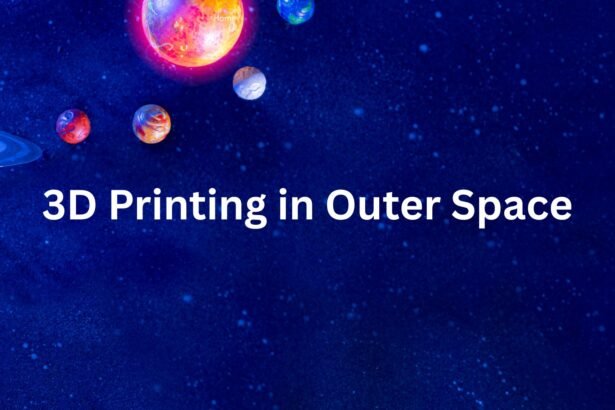For decades, chemical rockets have been the backbone of space exploration. They lifted spacecraft, satellites, astronauts, and probes beyond Earth’s gravity. But as we venture deeper into the solar system, the need for more efficient and sustainable electric propulsion systems has become clear. Enter electric propulsion—a revolutionary technology that doesn’t rely on burning vast amounts of fuel.
Instead of explosive thrust, electric propulsion uses electrical energy to accelerate ions, creating a steady and continuous push over long periods. Though it sounds like science fiction, this technology is already in use and shaping the future of space travel.
How Electric Propulsion Works in Space

Electric propulsion systems function on a simple but powerful principle: electromagnetic acceleration of ionized gas. Most electric propulsion systems use a noble gas like xenon, which is ionized—meaning its atoms are given an electric charge.
These ions are then accelerated out of the spacecraft by electric or magnetic fields, producing thrust in the opposite direction. Although the thrust is small, it's applied continuously, allowing the spacecraft to gradually pick up speed.
Types of Electric Propulsion Systems

1. Ion Thrusters
These use electrostatic forces to accelerate ions through grids. NASA’s Dawn spacecraft famously used this system to visit two separate asteroids.
2. Hall-Effect Thrusters
These generate plasma and use magnetic fields to produce thrust. They’re often used for commercial satellites and are being tested for longer missions.
3. Magnetoplasmadynamic Thrusters (MPDs)
A more experimental form of propulsion using high current and magnetic fields to generate strong plasma jets.
4. Electrospray Thrusters
Ideal for very small satellites, these systems accelerate charged droplets instead of ions.
While these systems differ in mechanics, they share a common goal: enabling long-duration, efficient space travel with minimal fuel.
Why Go Fuel-Free?

Traditional rockets are powerful but wasteful. They burn massive amounts of fuel in seconds to escape Earth's gravity, leaving little flexibility once in space. By contrast, electric propulsion offers a “fuel-free” concept, where only small amounts of propellant are used and energy comes from solar panels or nuclear power.
Some of the Advantages include:
- Reduced Launch Mass: Less fuel means lighter spacecraft and cheaper launches.
- Extended Mission Life: Thrusters can operate for thousands of hours.
- Higher Efficiency in Vacuum: Electric systems work best in space, where there’s no atmospheric drag.
- More Scientific Payload: Less space taken by fuel means more room for instruments.
This makes sustainable spacecraft technology a smart choice for both government missions and private enterprises.
The Power of Electric Propulsion for Spacecraft
Electric propulsion is ideal for deep space missions, orbital maneuvering, and long-term station keeping. Unlike traditional engines that blast off and shut down, electric thrusters offer precise, continuous control. This enables:
- Mid-Mission Adjustments: Spacecraft can change orbits even years after launch.
- Cost-Effective Exploration: Less fuel equals lower mission costs.
- Long-Duration Exploration: Missions to the asteroid belt, Mars, or even outer planets become more practical.
In other words, electric propulsion provides the flexibility and efficiency needed for the next generation of space travel.
Proven Missions Using Electric Propulsion
Electric propulsion isn’t just a concept—it’s a proven technology already being used in real missions.
- NASA: The Dawn mission used ion propulsion to travel over 4.3 billion miles, visiting both Vesta and Ceres in the asteroid belt.
- European Space Agency (ESA): ESA’s SMART-1 mission used electric propulsion to reach the Moon, testing the viability of long-term electric travel.
- Aerojet Rocketdyne: This aerospace company is a global leader in building electric propulsion systems for both commercial satellites and government spacecraft.
- SpaceX: While better known for reusable rockets, SpaceX is also exploring next-gen propulsion systems to support long-term missions, including potential electric components in its Starship program.
These examples illustrate how electric propulsion technology in the US and abroad is no longer experimental; it’s operational and evolving rapidly.
Applications for Electric Propulsion
The beauty of electric propulsion lies in its versatility. It can be scaled up or down depending on the mission.
Current and Future Applications:
- Satellite Orbit Raising: Moving commercial satellites from transfer orbits to geostationary positions.
- Station Keeping: Keeping satellites in the right position for longer durations.
- Interplanetary Probes: Sending spacecraft to far-off destinations like Mars, asteroids, or even Jupiter’s moons.
- Asteroid Exploration: Low-mass propulsion is perfect for reaching small bodies and conducting scientific surveys.
- CubeSats and Small Missions: Miniature electrospray systems allow even student projects to venture beyond low Earth orbit.
As electric propulsion systems improve, we may see crewed missions using them for in-space maneuvers and interplanetary transfers.
Obstacles to Fuel-Free Space Travel
While electric propulsion is promising, it’s not without its drawbacks.
- Low Thrust Output: These systems can’t lift spacecraft off Earth. They need to be paired with chemical rockets for launch.
- Slow Acceleration: Missions take longer to reach their targets, requiring careful planning.
- Power Requirements: Solar panels or nuclear reactors are needed to power the systems, limiting usage in low-sunlight environments.
However, ongoing research is addressing these challenges, with innovations in compact nuclear power systems, more efficient thrusters, and hybrid launch architectures.
The Quiet Engines of the Future
Looking ahead, electric propulsion is poised to become the standard for deep space exploration.
Upcoming Missions and Innovations:
- NASA’s Gateway: This lunar space station will use electric propulsion to maintain its orbit around the Moon.
- Psyche Mission: Launching to a metal-rich asteroid, this spacecraft will rely on ion propulsion for its long journey.
- Commercial Satellites: Private companies are investing in fuel-free spacecraft models to lower costs and extend service life.
As electric propulsion matures, it may power missions to Mars, the outer planets, and even interstellar probes. Combined with advances in artificial intelligence and autonomous navigation, we’re entering a future of truly intelligent spacecraft.
How the Space Industry Gains from Electric Propulsion
The impact of electric propulsion is broad, benefiting multiple stakeholders in the space industry.
- Private Companies: Cheaper launches and longer satellite life.
- Space Agencies: Efficient propulsion for ambitious missions.
- Students and Universities: Affordable CubeSat missions with advanced capabilities.
- Component Manufacturers: Growing demand for thrusters, power systems, and control units.
Even space tourism companies may one day use electric propulsion for safe and slow orbital adjustments.
Conclusion:
Electric propulsion is transforming how we think about space travel. It's efficient, cost-effective, and environmentally friendly compared to traditional chemical rockets. As more missions adopt space propulsion systems powered by electricity, the possibilities for exploring our solar system—and beyond—are expanding rapidly.
From government space agencies to commercial ventures and university-led CubeSat teams, the future of space propulsion is quiet, clean, and electric. With its potential to push spacecraft farther and longer without needing tons of fuel, electric propulsion represents a powerful shift in how we explore the final frontier.








